We live in amazing times! When I began riding M/Cs almost 40 yrs ago, the best one could hope for would be a jean jacket or, if you were lucky, a leather M/C jacket from SEARS. Nowadays, you can not only find safety gear but the options are almost limitless. We have leather and textile. We have perforated and mesh. We have one piece and two pieces. We have armoured gloves and boots, knee sliders and back protectors. We have real and virtual shops. I personally love the internet. It’s my one-stop shopping, mega store where I can find almost anything I am looking for ON SALE!!!! And even those things I didn’t think I needed.
So how many jackets, pants, boots and suits does a guy or gal need? It all depends on what, how and how often they ride. I have multiple jackets, suits and pants. I have a one-piece Gore-Tex riding suit which is great for cold, wet days when I go to work. It’s like a Superman suit in that, one second I’m a cold wet rider, next I’m standing there with a pair of dry pants and a collared shirt. All because my suit is an over suit and I could literally have a tuxedo underneath and no one would know. I also have Gore-Tex jackets, mesh jackets and leather jackets both perforated and solid. Each one serves its own purpose as do the variety of pants, boots, and gloves. The hard part is choosing. Then add all the specialty gear like body armour, special protective pieces and then rain gear. Often I get into discussions on is there really a “BEST” solution, you know that one suit or jacket pant combo that does it all. That’s a hard one, especially when doing long trips over huge temperature variances. Some say the ADV suits offer this, other say the new Gore-Tex sun treated leather suits are best. So far I am still searching. That said so far for me layering still works best. It means that I bring along a set of long underwear, a fleece underjacket, mesh jacket and pants and a rain suit to block the wind (AND rain). This system allows me to ride through death valley when it’s 100F ride up into the mountains to the hotel and then leave the next morning when it’s only 28F.
With anything, education is key. Read reviews, check out the various companies, try the gear on. Not only are sizes not standardized but fit varies enormously between manufacturers and sometimes between a brand’s own line of gear. Gear, like tires for your M/C, is one aspect we should never cheap out on. It’s the only barrier between us and injury. I have a continuingly growing list of gear I want to buy so every week or so I check the various M/C gear shops online and locally to see if any of it is on sale. Once a bargain pops up, I rush in pick it up and then cross it off.
The last thing I will discuss is perhaps the most important piece of gear you will buy. Your helmet. Here fit IS everything. If I may, just a couple of suggestions. Helmets have a like. Most manufacturer’s say 5 years due to wear and tear and UV issues but they also have an overall like. Again, manufacturers say 7 years from date of manufacturer. I mention this as a recently went in to a local shop that had a sale on Arai (the one brand that fit my bowling ball pumpkin). When I looked at the date of manufacturer, it was marked as 06/09. Yes, a brand new helmet that was already past both the recommended wear date and the recommended date of manufacturer. Now would Arai honour the warranty (5 years from date of purchase), yes they would, but they would also tell you that getting replacement parts would be an issue and that the helmet safety would be degraded. Also, do not let the SNELL, ECE 22.05 or DOT ratings determine your choice. Simply because a helmet passes one test and not another doesn’t mean it’s better. To support this argument, a few years ago MOTORCYCLIST magazine did a comprehensive test on all the current helmets. They took data from the US DoT using the figures and date to come up with a test based on the average speed and type of accident. Based on this data they tested the helmets to see which helmet not only passed but which one transmitted the least amount of energy back to the rider. It turned out that a $99.00 Z1R actually scored the best, beating helmets costing 10 times more. Now remember the test was based on street accidents and not race course accidents which happen at much higher speeds. So cost is not always an indicator of the best helmet for you. Your choice should always be on a helmet with at least DOT, fits well and fulfills the needs of the type of riding you do.
By Wolfgang Kirchner
